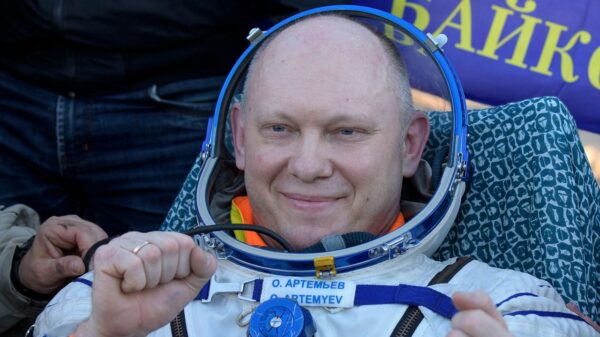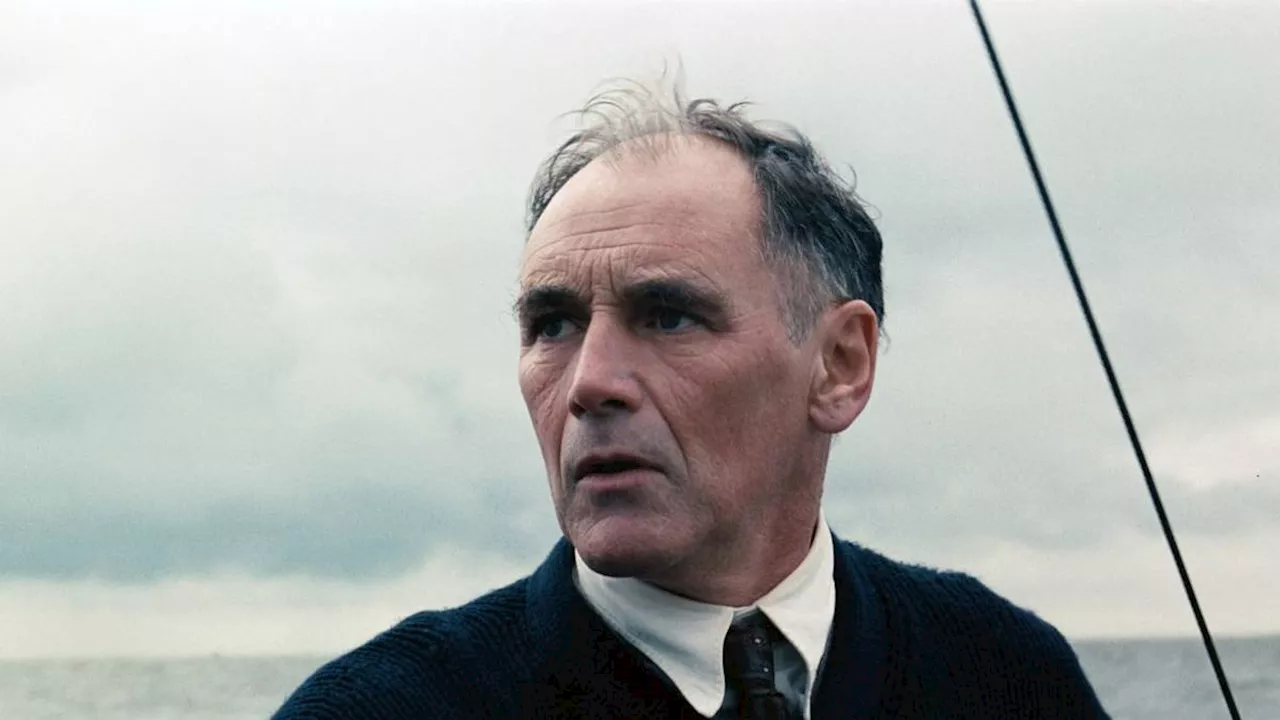Christopher Nolan recently described his World War II film Dunkirk as his “most experimental” work since Memento. This critically acclaimed film, which originally premiered on July 19, 2017, is now available for streaming on Peacock. With a unique narrative structure and a focus on the harrowing events of the Dunkirk evacuation, Nolan’s approach has garnered renewed attention as viewers seek to experience his storytelling mastery.
Nolan’s filmography is marked by ambitious projects, yet Dunkirk stands out for its historical context and innovative storytelling. The film chronicles the 1940 evacuation of approximately 340,000 British soldiers stranded on the beaches of Dunkirk, France, as German forces closed in. Rather than portray the battle in a conventional manner, Nolan chose to depict the event through three interwoven timelines—land, air, and sea—immersing audiences in the tension of the moment.
In an interview with Time, Nolan explained his intention behind the film’s structure: “I would say Dunkirk is my most experimental structure since Memento. I tried to give the audience an experience that would wash over them. They’ll sit back and—I won’t say enjoy the ride, because this is a very intense ride—but experience the film.” This perspective reflects Nolan’s desire to engage viewers on an emotional level rather than present the film as a puzzle to be solved.
Dunkirk’s narrative style has drawn comparisons to Memento, which features a non-linear storyline told from the viewpoint of a character with short-term memory loss. The film’s unique structure captivated audiences and established Nolan as a visionary filmmaker. Similarly, Dunkirk combines various viewpoints to illustrate the overwhelming chaos and desperation of the soldiers’ plight.
The film’s authenticity is enhanced by Nolan’s commitment to practical effects and on-location shooting. Filming in Dunkirk itself allowed for a gritty and realistic portrayal of the evacuation, an essential element in conveying the film’s emotional weight. The director’s ability to blend historical accuracy with cinematic artistry gives Dunkirk a distinct edge, setting it apart from many war films.
Tom Hardy, a frequent collaborator with Nolan, plays a pivotal role as a fighter pilot. Notably, his character’s face is only revealed in the film’s final moments, adding to the tension and mystery surrounding his story arc. Hardy’s performance, combined with the film’s immersive sound design and cinematography, creates an intense viewing experience that resonates with audiences.
Despite its artistic achievements, Dunkirk has often been overshadowed by Nolan’s more recent work, such as Oppenheimer. The film’s unique approach to storytelling and its focus on a singularly British tale required a director of Nolan’s caliber to bring it to life. The resources and support available to Nolan, particularly following the success of his previous films, allowed for a level of production that smaller films in the British industry could not achieve.
As viewers rediscover Dunkirk on streaming platforms, it serves as a reminder of the power of cinema to transport audiences into the depths of historical events. Nolan’s ability to craft a gripping narrative from the chaos of war continues to resonate with viewers, making Dunkirk a vital part of his impressive filmography.
For those seeking an intense cinematic experience, Dunkirk is now streaming, inviting viewers to witness a masterclass in filmmaking that balances historical storytelling with innovative narrative techniques.





































































